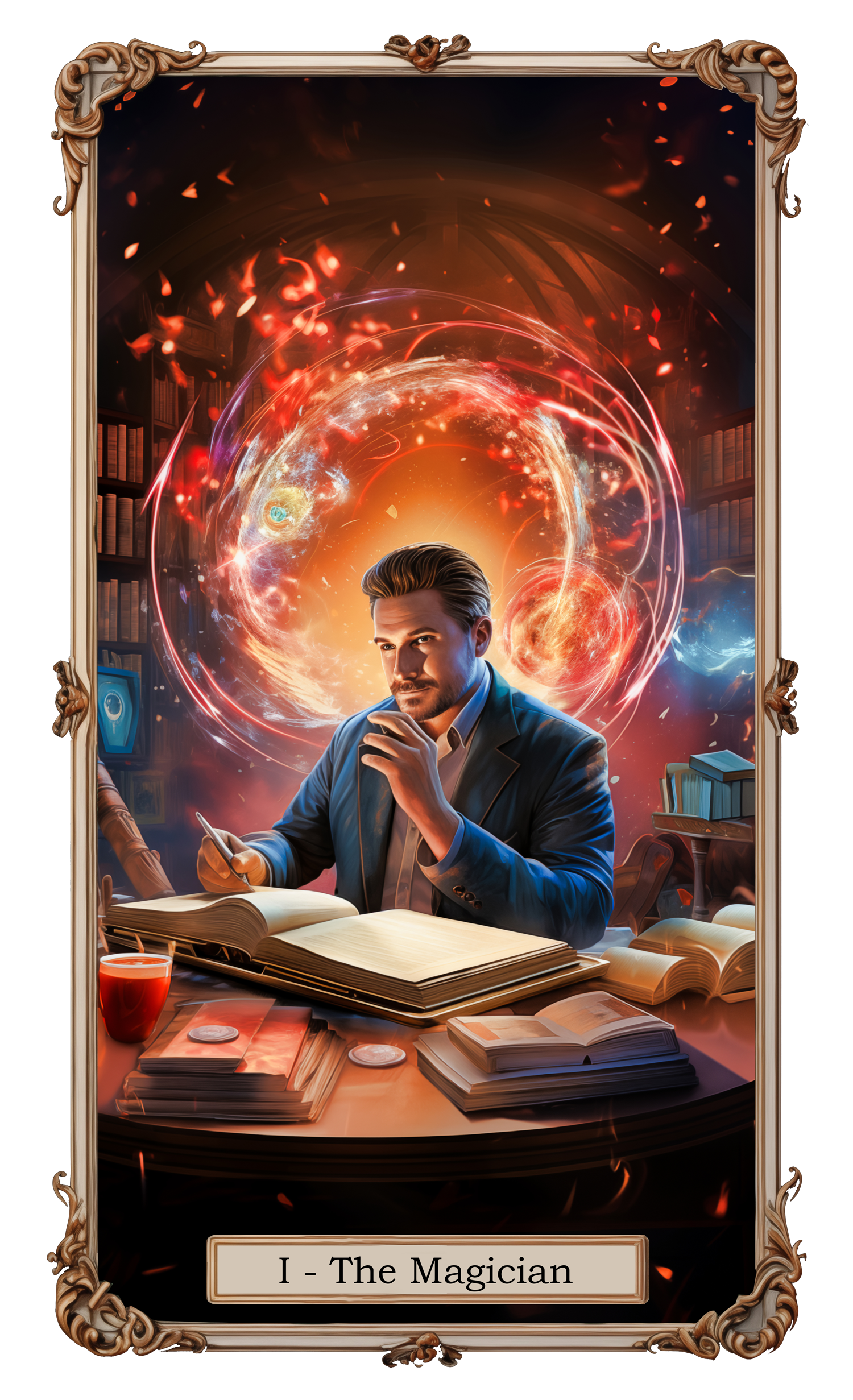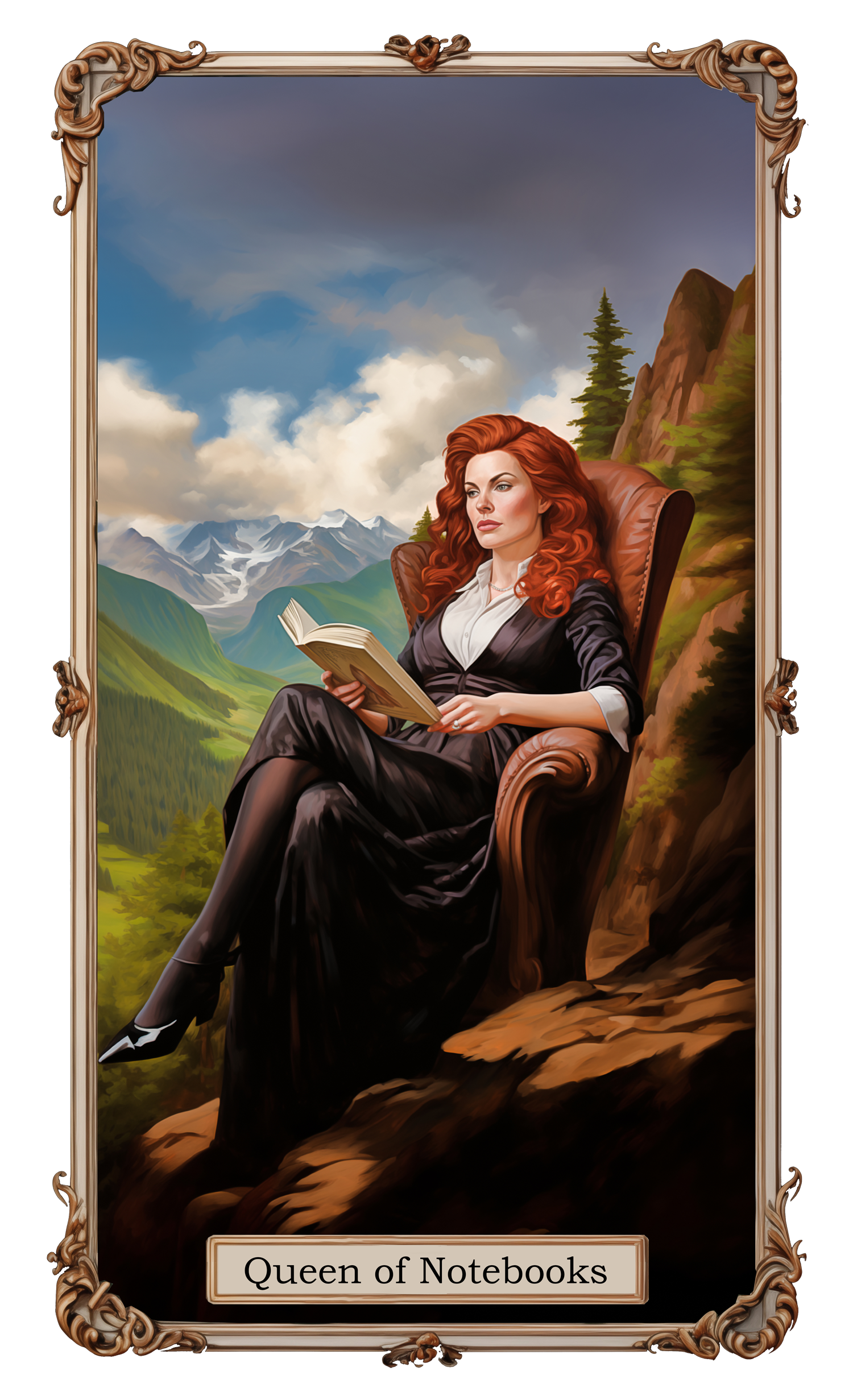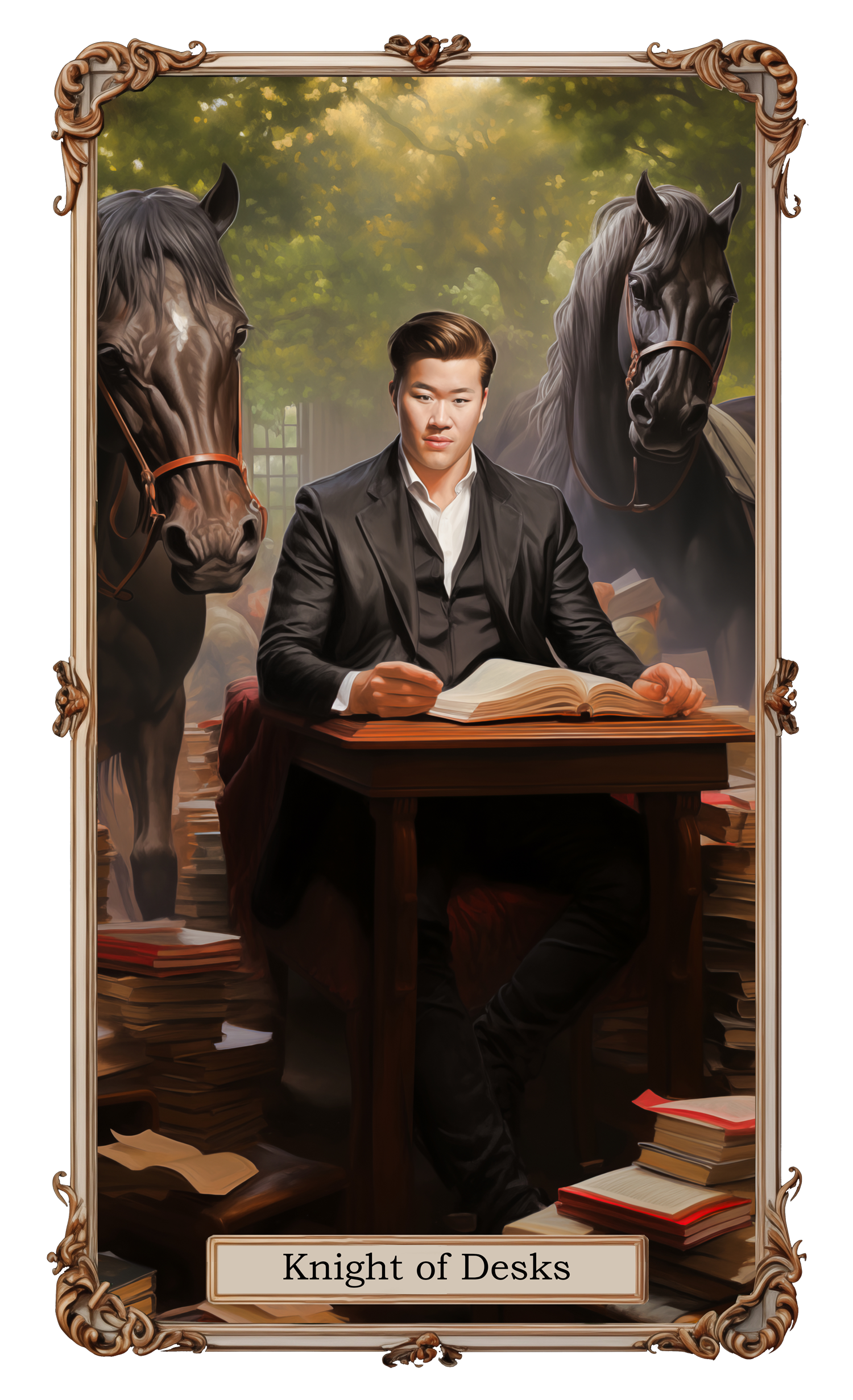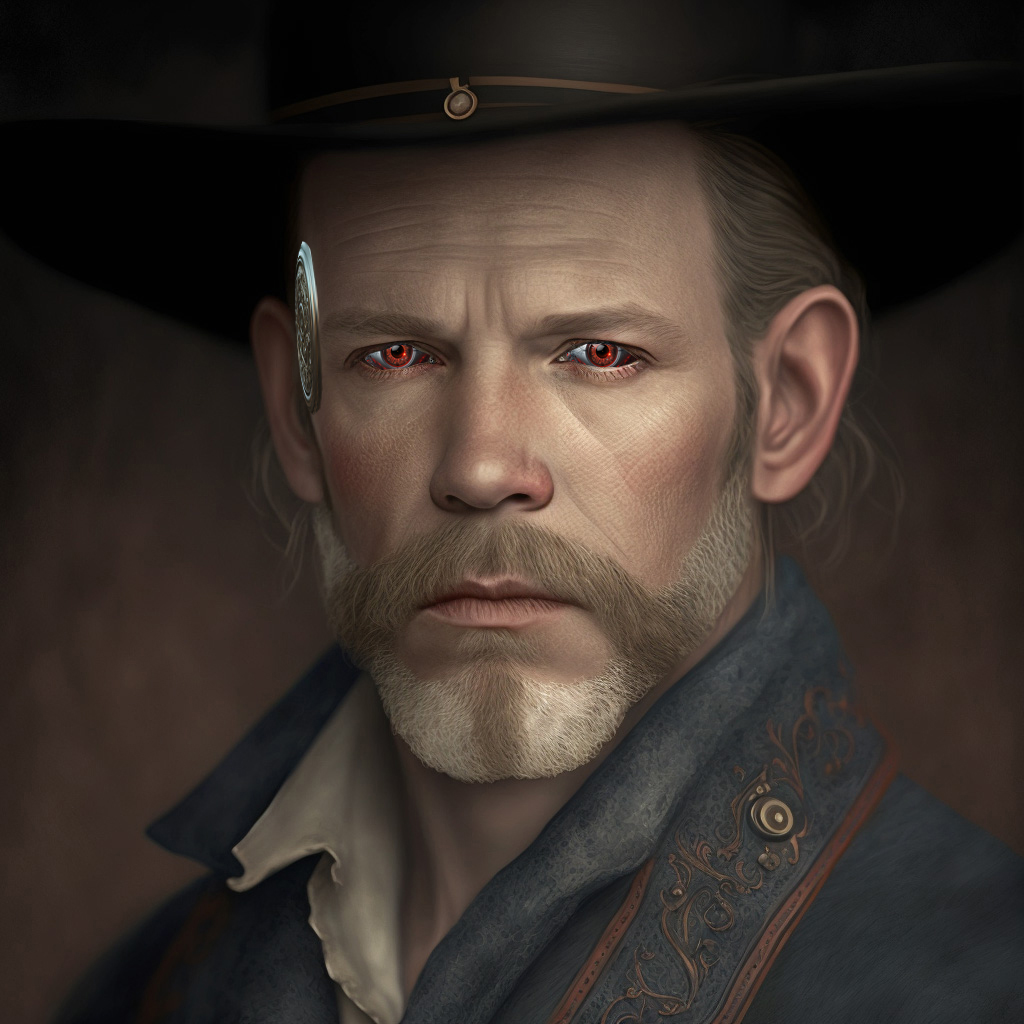
Author Jonathan Fesmire here with an middle-of-summer report! I’ve had some busy weeks, full of accomplishments and events. This week, I’m happy to share them with you.
Anna, Daughter of Creed – Gargabe Draft
I completed the first draft of “Anna, Daughter of Creed” on July 23. Since the first draft is the raw, first version of the story, I call it the garbage draft. Finishing this draft of any novel is a giant step, and I’m excited excites to start revisions. To help with this, I ordered a hardcover copy of the manuscript from Barnes & Noble Press. For reasonably priced personal book printing, this site is fantastic. I ordered the hardcover copy for just $20, including shipping, instead of shelling out over $40 at FedEx for a spiral-bound copy. This will make reading through it, and taking notes, easier for that first edit. It’s also a nice keepsake for when the book is finished and published, a memento of the hard work that goes into writing a novel.
If you’re curious about Anna, Daughter of Creed, click the link to the successful Kickstarter!
San Diego Comic-Con

From July 24 to July 28, my son and I went to San Diego Comic-Con. Packed with panels and activities, this was an incredible experience. For us, it started with preview night, when we got our free shopping backpacks. Then, on Thursday, we first attended Spike & Mike’s Festival of Animation, which featured a range of animated shorts. On Friday, The Doctor Who panel was also really noteworthy. Along with creator Russell T. Davies, we also saw the present Doctor, Nguti Gatwa, and companion actor Millie Gibson.
On Saturday, we went to panels on Family Guy and Critical Role. Both provided a behind-the-scenes view of the creation of these hit series. Especially relevant for us were panels on autism in comics and finding your neurodiverse tribe. We naturally also spent time in the exhibition hall shopping for graphic novels, books, T-shirts, and plenty of RPG dice.
I’m sharing all these events now since, following Comic-Con, I was too exhausted to immediately write a blog entry.

Fresh Items for My Etsy Store
Apart from my writing, I’ve been creating a new deck of cards for my Etsy shop. I finished a fresh Dungeons & Dragons card deck. While I won’t give away what it is until I put it up for sale, I plan to order a proof copy, then order a bunch for the shop. This will be the latest deck I sell there, which currently include two 22-card Decks of Many Things, a 66-card Deck of Many More Things, a Tarokka deck, a Tarot deck for writers, and a D&D-based Tarot deck. Every deck is aesthetically pleasing and functionally useful either within D&D or for readings and meditation.
Strategic Planning and Achievements
I completed my strategic goals form for August at the end of July. On the last day of every month, I do this to help me keep on target with my goals and consider my progress. July was a successful month, which included the things I already mentioned and more: completing the first draft of my book, ordering a copy of the manuscript, attending Comic-Con, publishing three blog entries, developing a new novel outline template, sending off Etsy sales, and keeping a daily journal.
A Milestone Birthday
August 1 was my 55th birthday. I’ll admit it: I occasionally wish I were physically younger and had more years ahead of me. Every month, recording my successes inspires me to keep on and realize that how creative and productive I continue to be. Looking forward my 56th year, I intend to keep creative and finishing projects. Maybe I’ll even complete the sequel to Anna, Daughter of Creed before I turn 56.
Living Up to My Goals
I have frequently written about finishing first drafts, attending conventions, and pursuing goals. You can look back through this blog and find examples, all of which I wrote to share what I do with the hope of helping others. Here, I’m sharing how I actually do these things myself. I hope to encourage others to follow their own artistic aspirations. Try my methods, and adapt them to suit you.
Thanks for reading about my recent activities! I look forward to sharing more with you soon.
“A goal without a plan is just a wish.” ~ Jeff Rich















 I chose the indie (self-publishing) route for several reasons. While I had a professional agent for my book Tamshi’s Imp, it wasn’t sold because most publishers thought it was too short. (It’s 67,000 words, while most fantasy novels by first time authors are around 80,000.) Despite this, my agent and his first reader loved the manuscript. I’ve had short stories published in semi-pro publications and one in Marion Zimmer Bradley’s Fantasy Magazine, a pro publication back in the 90s. If I had kept pursuing traditional publishing, I probably would have succeeded that way.
I chose the indie (self-publishing) route for several reasons. While I had a professional agent for my book Tamshi’s Imp, it wasn’t sold because most publishers thought it was too short. (It’s 67,000 words, while most fantasy novels by first time authors are around 80,000.) Despite this, my agent and his first reader loved the manuscript. I’ve had short stories published in semi-pro publications and one in Marion Zimmer Bradley’s Fantasy Magazine, a pro publication back in the 90s. If I had kept pursuing traditional publishing, I probably would have succeeded that way.










